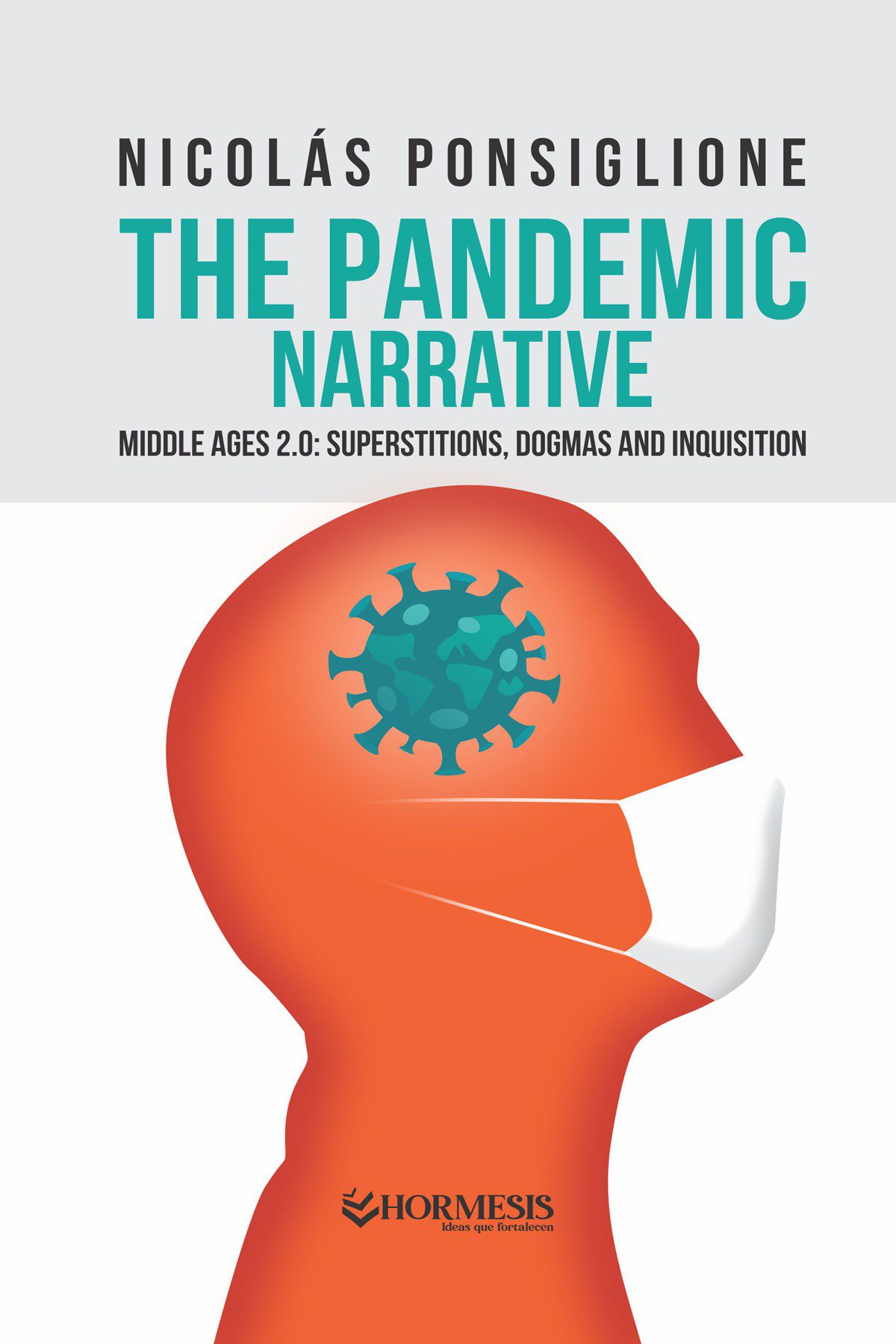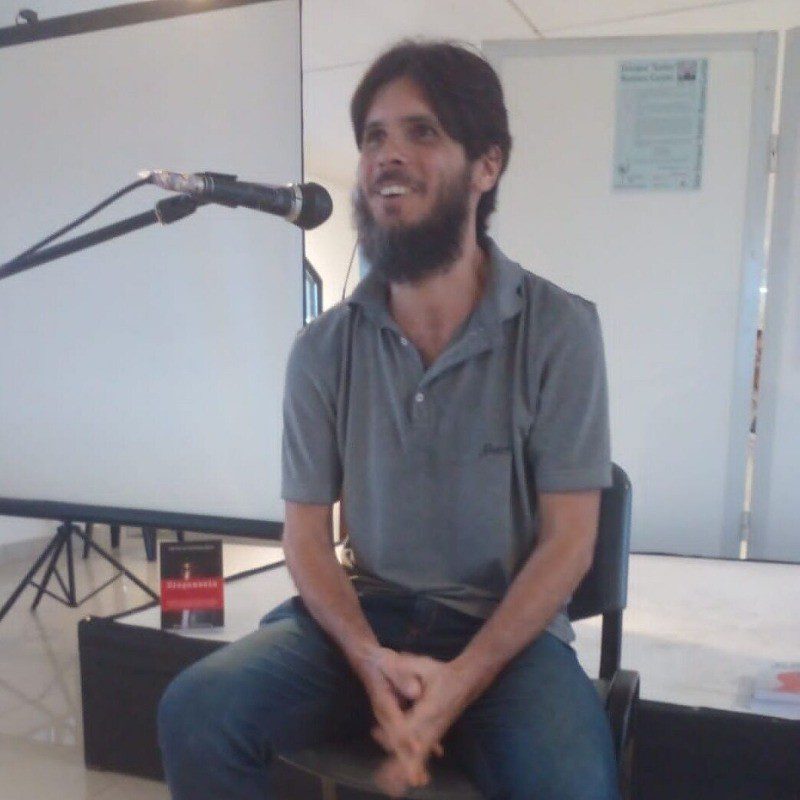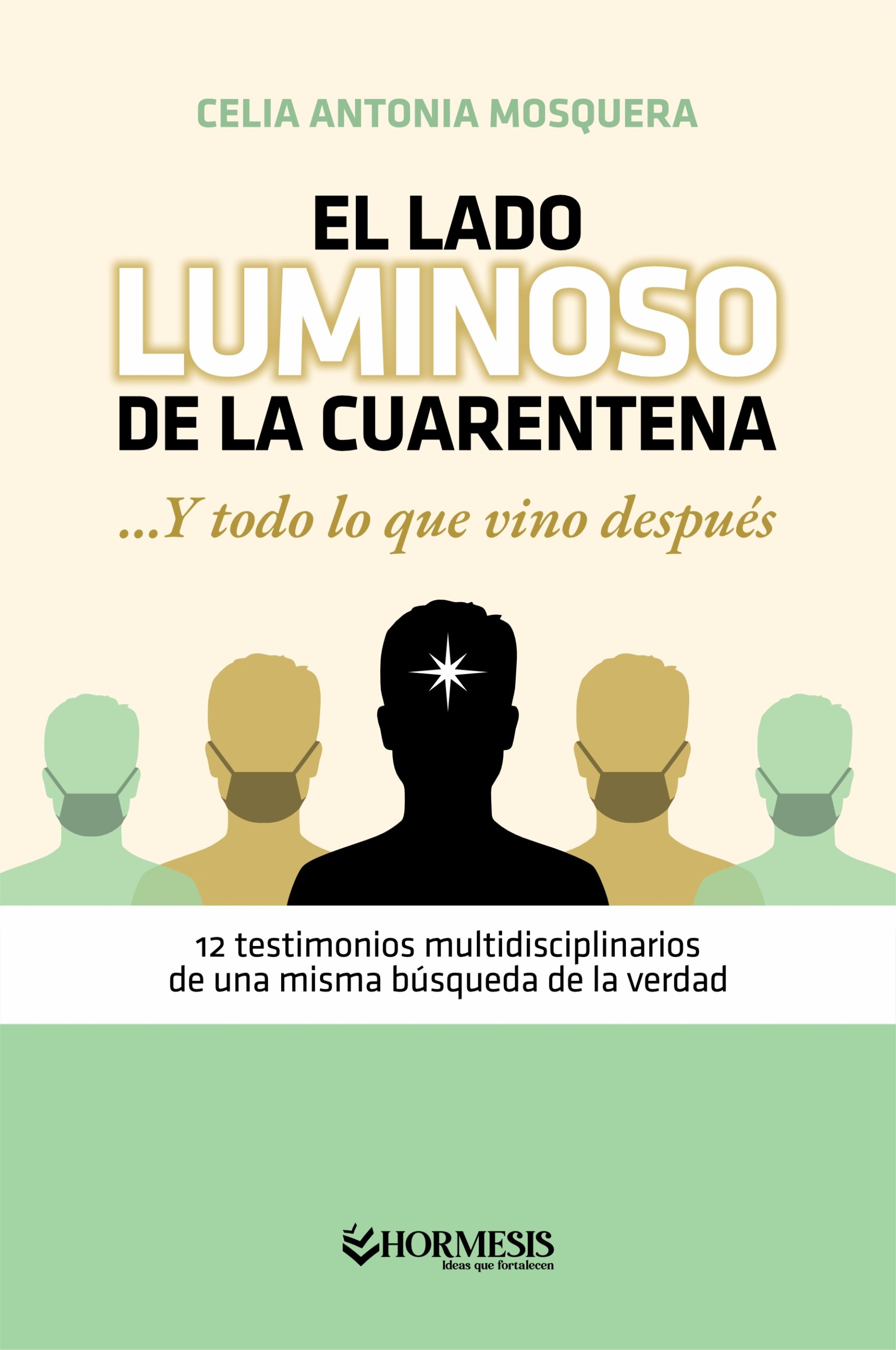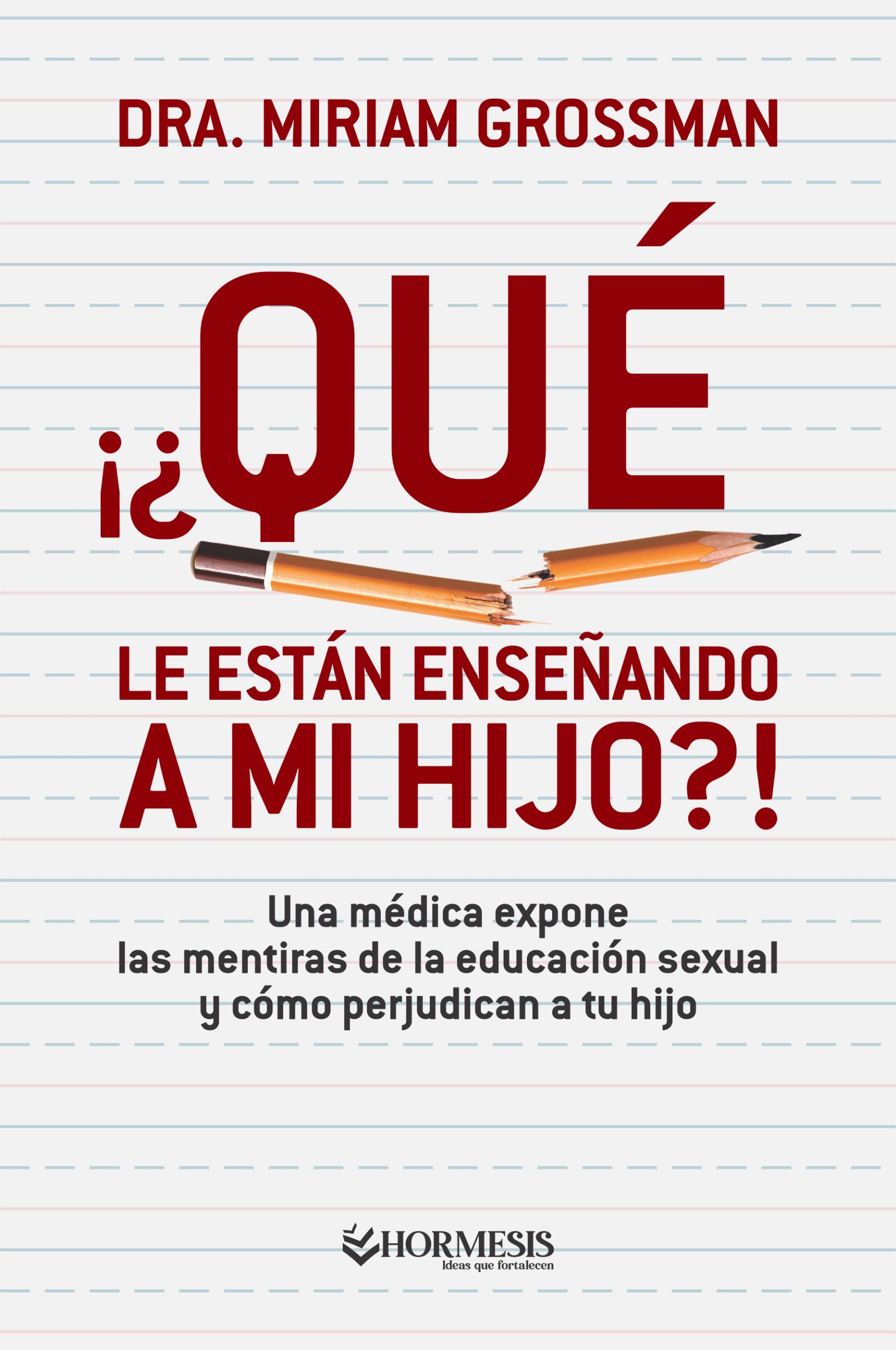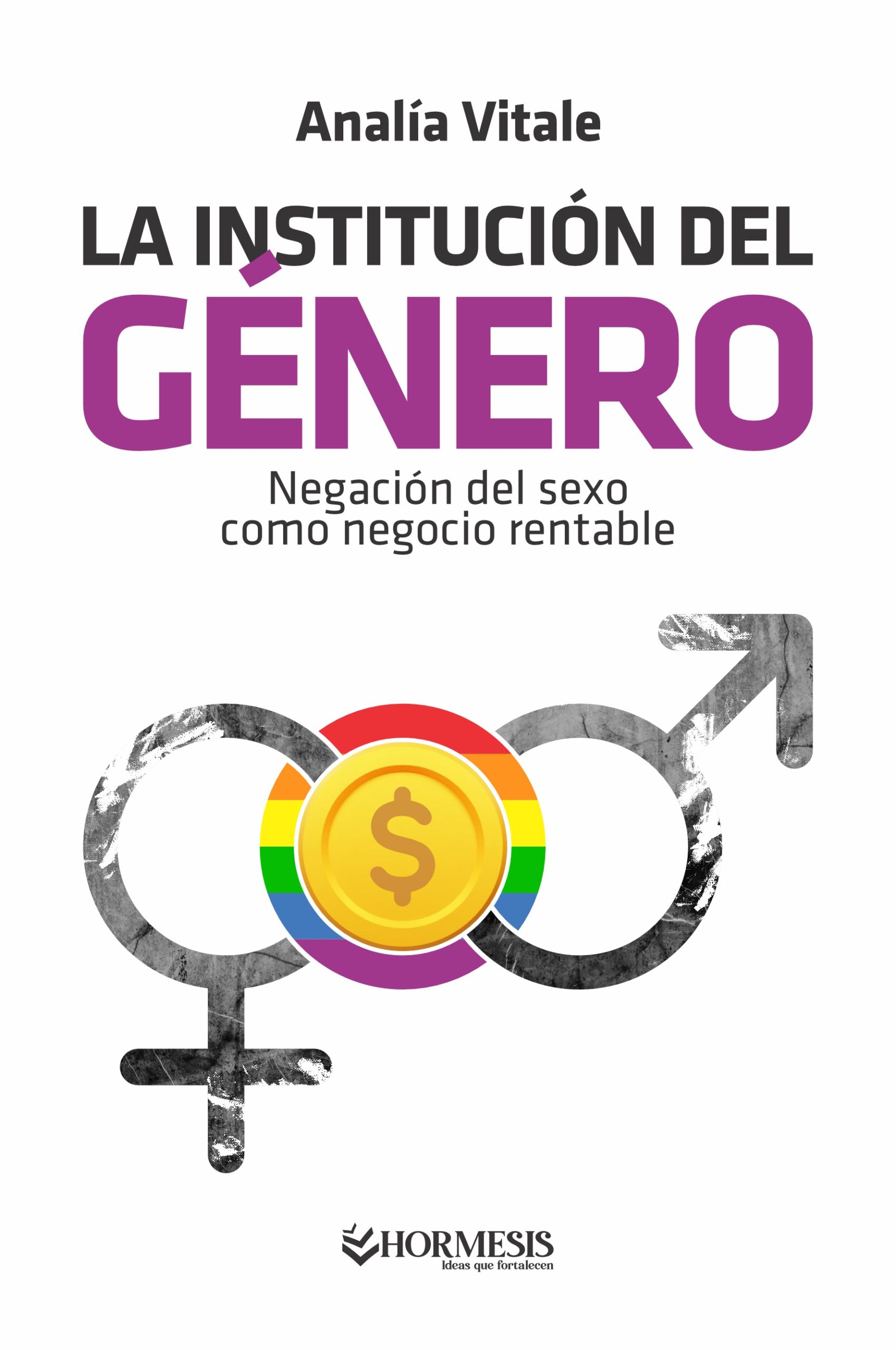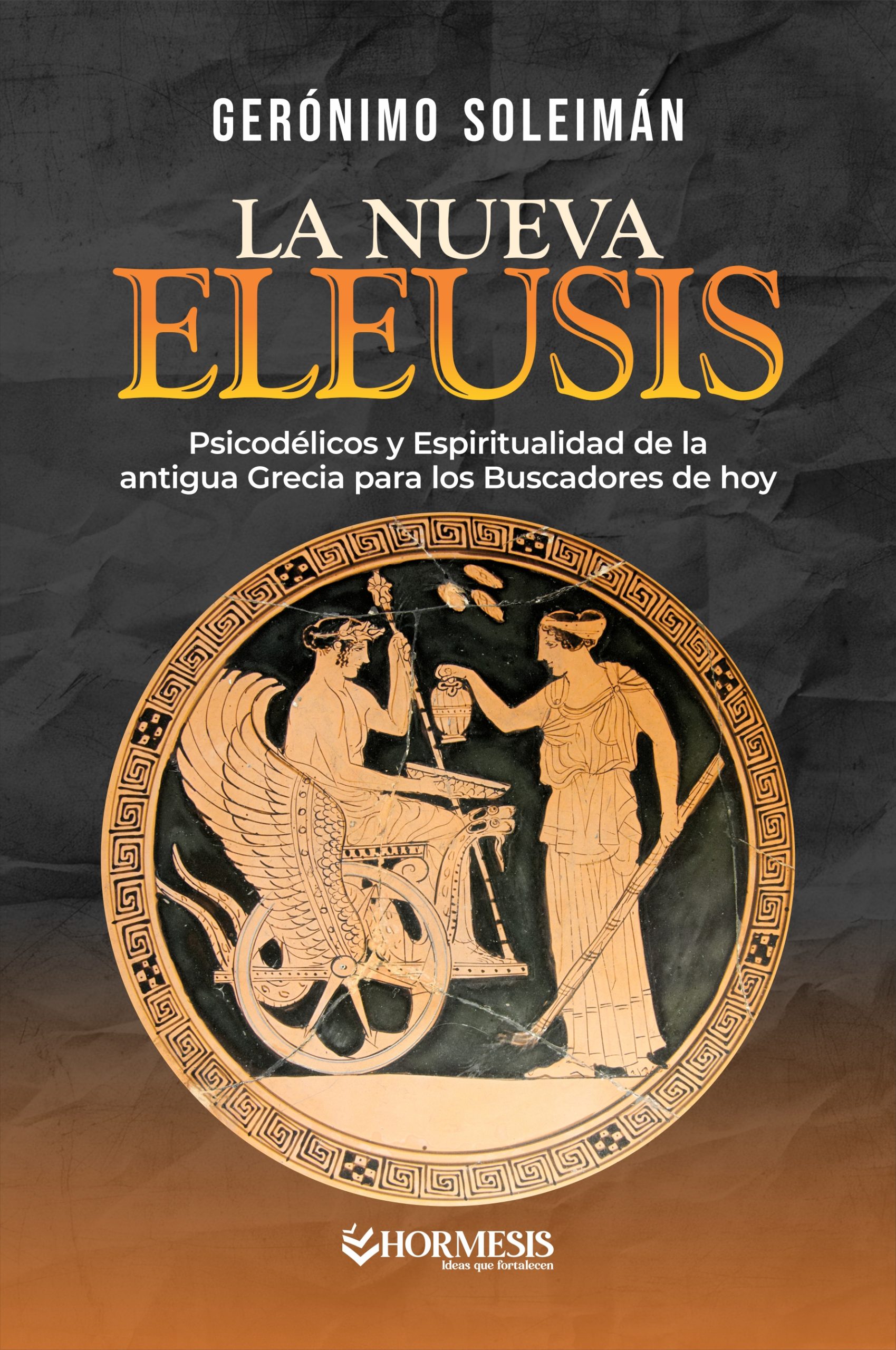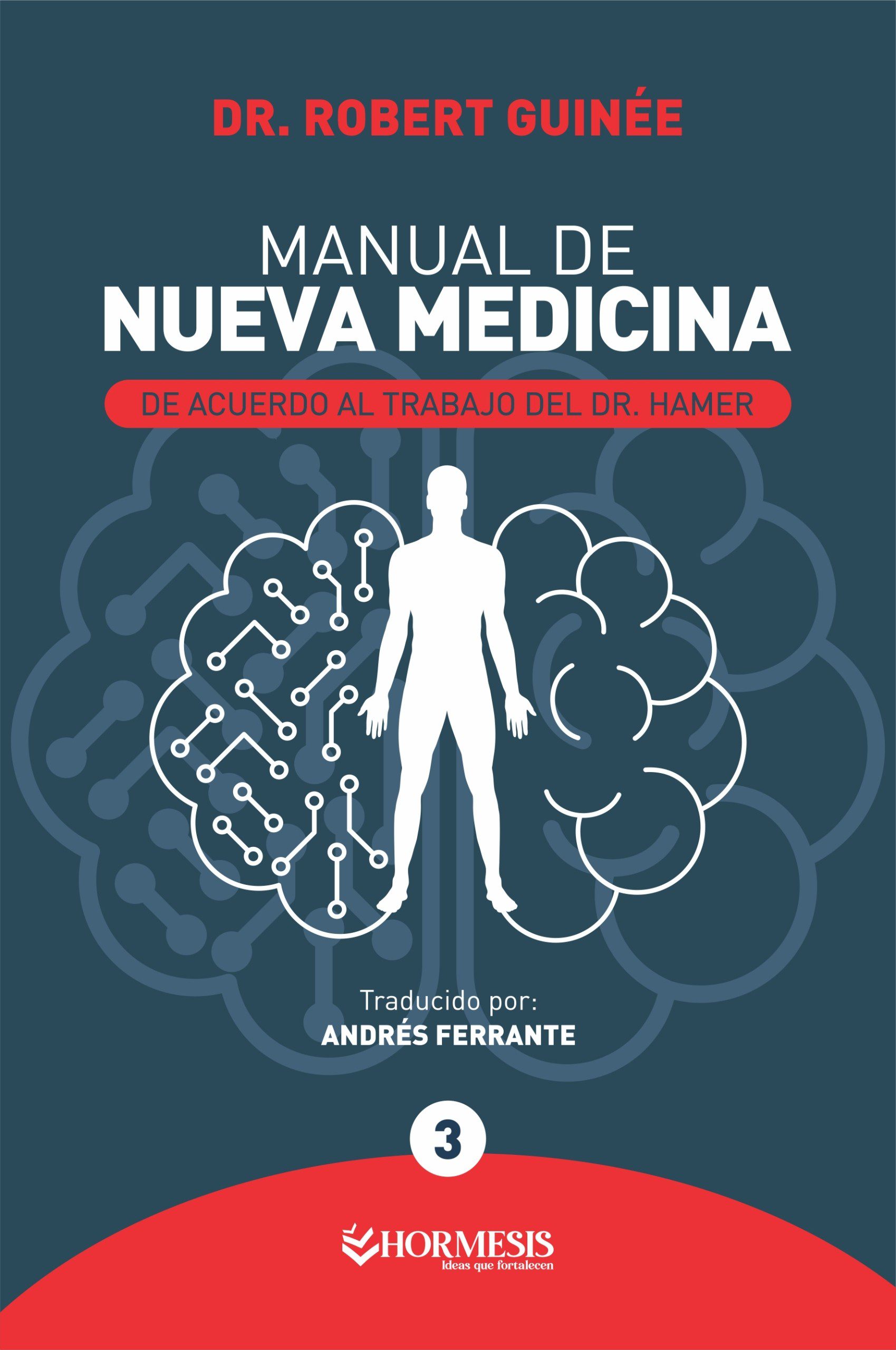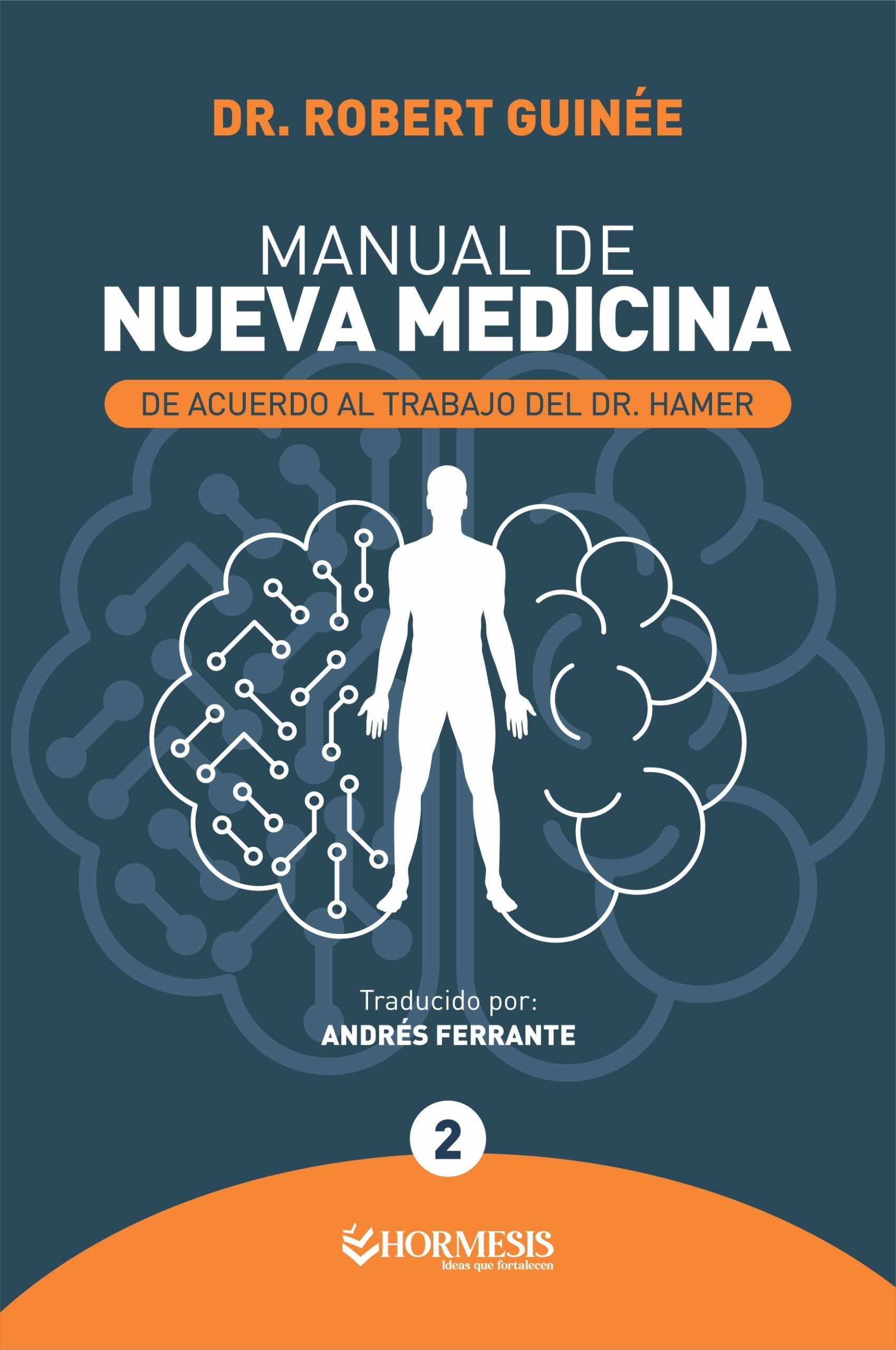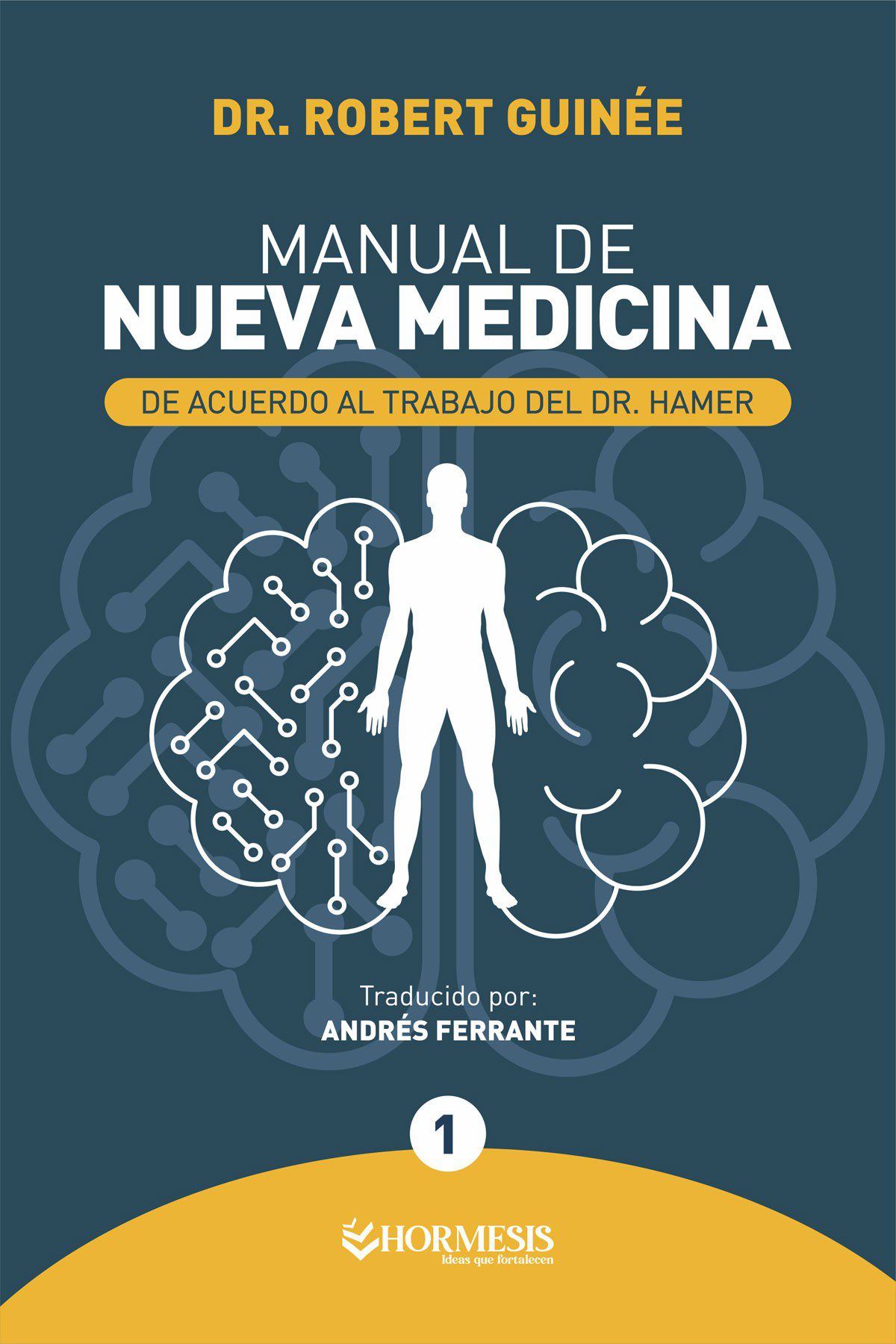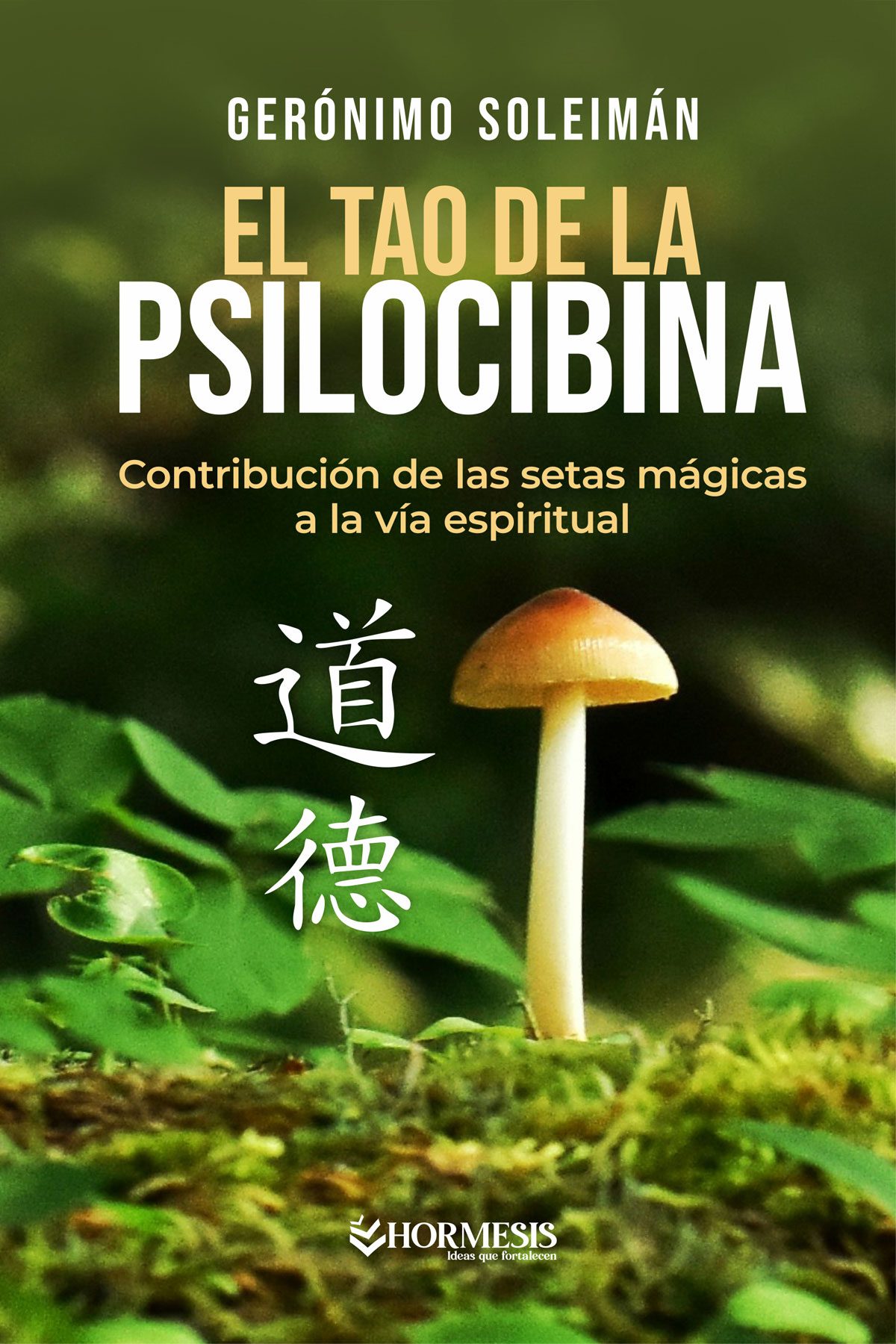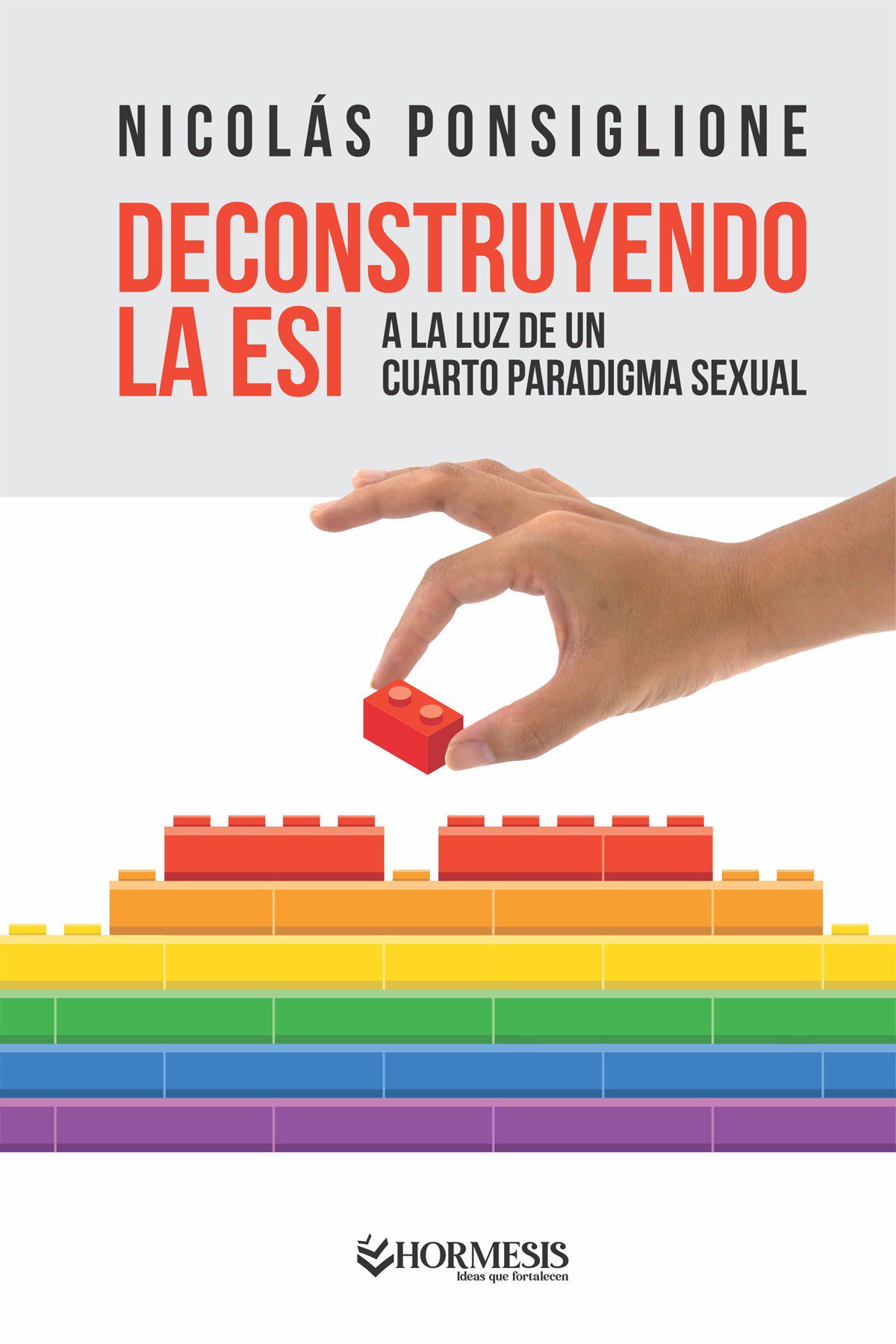The Pandemic Narrative
In the past, power has relied on the narratives provided by religions to effectively exercise social control. Based on dogmas, they produce a whole system of beliefs, superstitions, taboos, and moral codes to be observed.
In our modern times, such religious narratives have lost all credibility, hence, they have ceased to be useful for social control. In a materialistic civilization, where the spiritual has lost all grip, it is no longer possible to threaten people with hell or sin, nor with gods, spirits, or demons. The new materialistic worldview requires another kind of narrative to be manipulated through fear, reward, and punishment. Mythological abstractions no longer work because everything is form; the idea of a spiritual god no longer serves because everything is body.
Therefore, nowadays, power has allied itself with medical science, with medicine. Power formalizes a certain medical discourse, always dogmatic and therefore distorted into pseudo-science, and carries out its inquisitorial crusades using technology and the media. Everyone fears disease or bodily death, just as in ancient times everyone feared the wrath of god and condemnation in eternal hell. Through a narrative conveniently tailored to these universal desires and fears, power could manipulate the levers of the establishment.
Just when humanity believed it had left all the narratives of the past behind, in the midst of the 21st century, we fall once again into the hands of a manipulative power wielding a discourse that claims to be science but — as demonstrated in the first part of this book — is not. It is science based on obedience, not on evidence.
This is superstitious scientism, the resurgence of the Middle Ages. This is the pandemic narrative.

